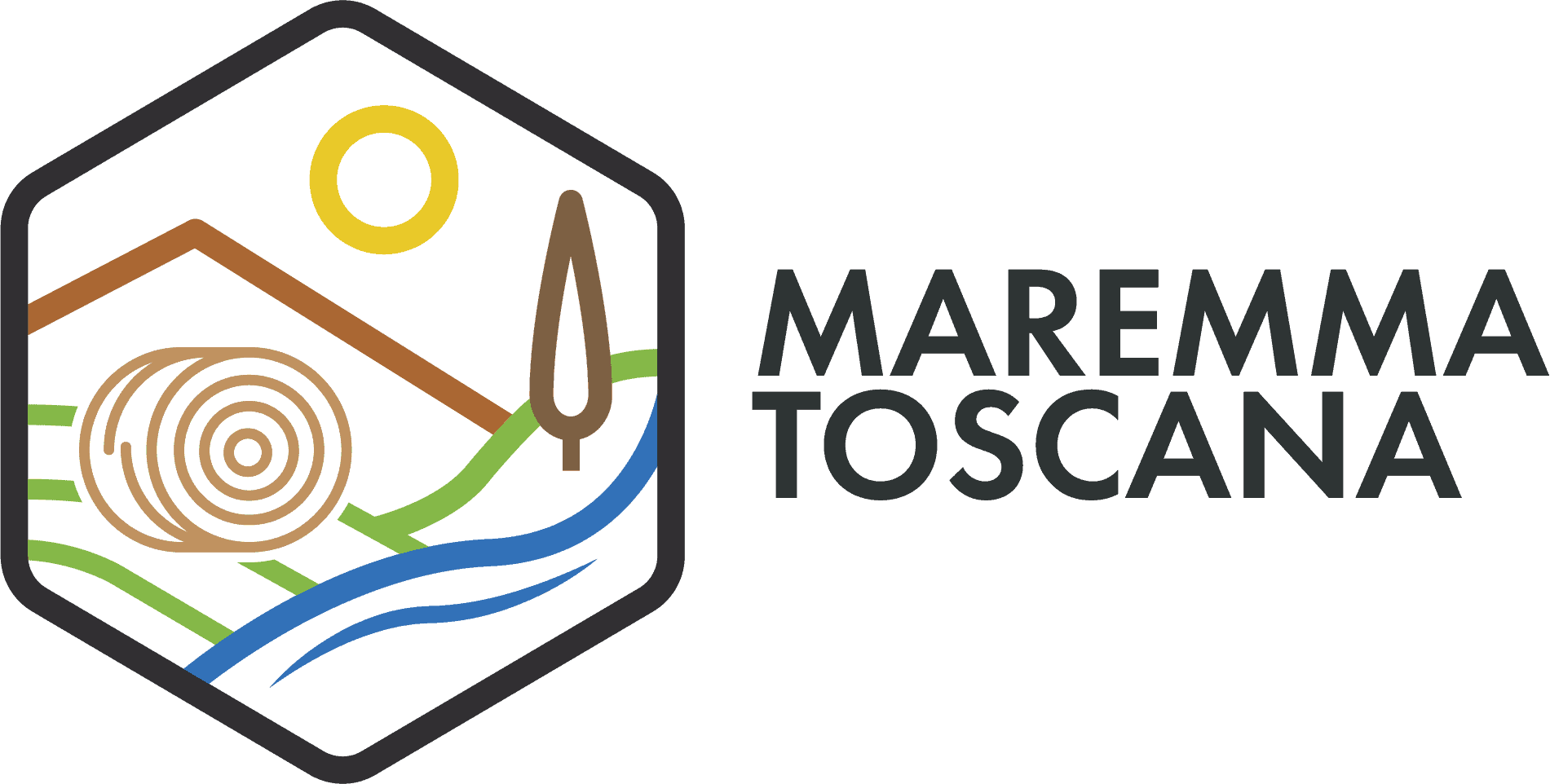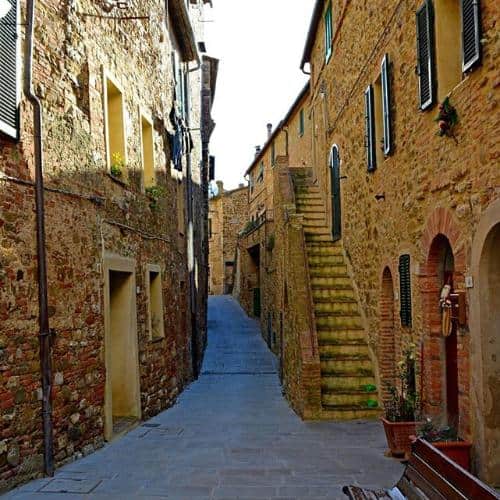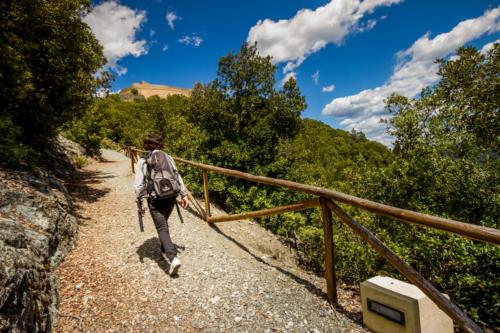Campagnatico is a small municipality in the province of Grosseto, situated in the Ombrone Valley.
It is a medieval-style village where you can admire impressive towers, ancient castles, and charming old churches.
Its history dates back to the medieval period when it was owned by the Abbey of San Salvatore on Mount Amiata. In 973, it passed into the hands of the Aldobrandeschi family and remained under their rule for nearly two centuries until 1259 when it came under the control of the Republic of Siena, governed by the Tolomei family.
The town is closely connected to its traditions and still hosts the “Palio dei Ciuchi” once a year. This historic palio, which originated in 1957, features representatives from the town’s districts – Castello, Centro, Nobile Rione Pieve, and Santa Maria. They are represented by a rider who races on the back of a donkey along a course that starts from the Town Hall and continues along Via Roma. The winner is awarded the coveted painted Palio.
What to See in Campagnatico:
The historic center of Campagnatico is centered around Via Roma. From here, you can reach the surrounding city walls with their impressive towers, some of which still exist today. One of these towers was converted into a bell tower over the centuries. Within this area, you can find the Church of San Giovanni Battista, constructed during the 1200s. Other important churches in Campagnatico include Santa Maria Church at the entrance of the town, the Church of Sant’Antonio Abate, the oldest in the Tuscan village, which faces the main square, the Church of San Michele and San Cerbone, and the Oratory of the Crucifix.
Events in Campagnatico:
Palio dei Ciuchi – Mid-September
Representatives from the town’s districts – Castello, Centro, Nobile Rione Pieve, and Santa Maria – participate in this event. Two representatives from each district race on the back of a female donkey along a route that starts from the Town Hall and goes to the schools, along the main street, Via Roma. The race consists of two heats, with one female donkey from each district competing. The two that finish first and second advance to the final. The winner presents the coveted painted Palio to their district, and then everyone celebrates together.





